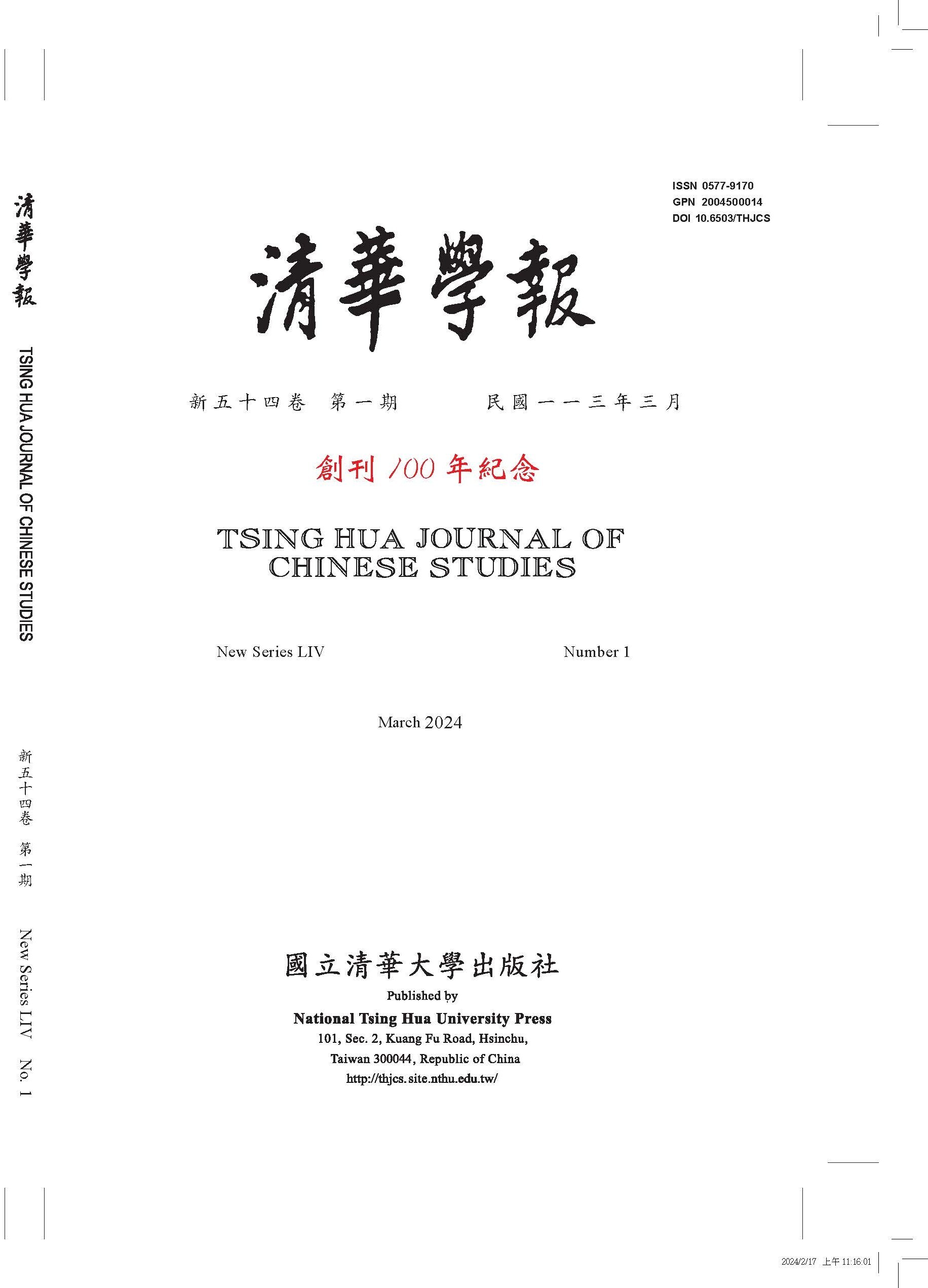On Diachronic Developments of the Ri-initial in Chinese Dialects
Vol. 46 No.4 Dec, 2016
|
Title |
On Diachronic Developments of the Ri-initial in Chinese Dialects |
|
Author |
Hsu Hui-chuan |
|
Genre |
Article |
|
Pages |
655-741 |
|
Download |
|
|
Language |
Chinese |
|
Key words |
Ri-initial, Xiesheng, labiolization of velars |
|
Abstract |
This paper argues that the Middle-Chinese Ri-initial descends from voiced velar stop(s) plus Closed-Mouth Division III in Old Chinese, by means of phonological rules (labiolization of velars), Xiesheng and dialect comparison. This analysis not only gets rid of drawbacks of the two reconstructions *ȵ and *ȵ in the literature, but also sucessfully explains irregular pronunciations of some Middle-Chinese initials in various dialects. Yet, whether the Ri-initial originates from *gʰ or *g, *gʰ both awaits further investigation. Two theoretical implications of the current analysis are: (a) consonant-cluster porposals are unnecessary to solve the Xiesheng problem, and (b) pronunciations of h, x, ɦ, ɣ by Cizhuo initials derive directly from sound changes. Different from Qieyun which focuses on individual characters and uses limited dialect materials, this paper advocates that a more adequate and convincing methodology to ensure diachronic developments of Chinese phonology appeals to Xiesheng and a wide range of synchronic phonologies. |

